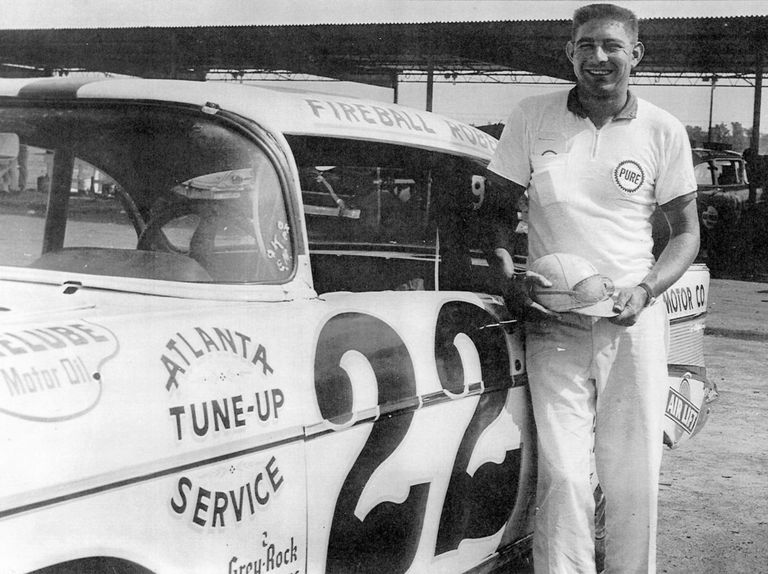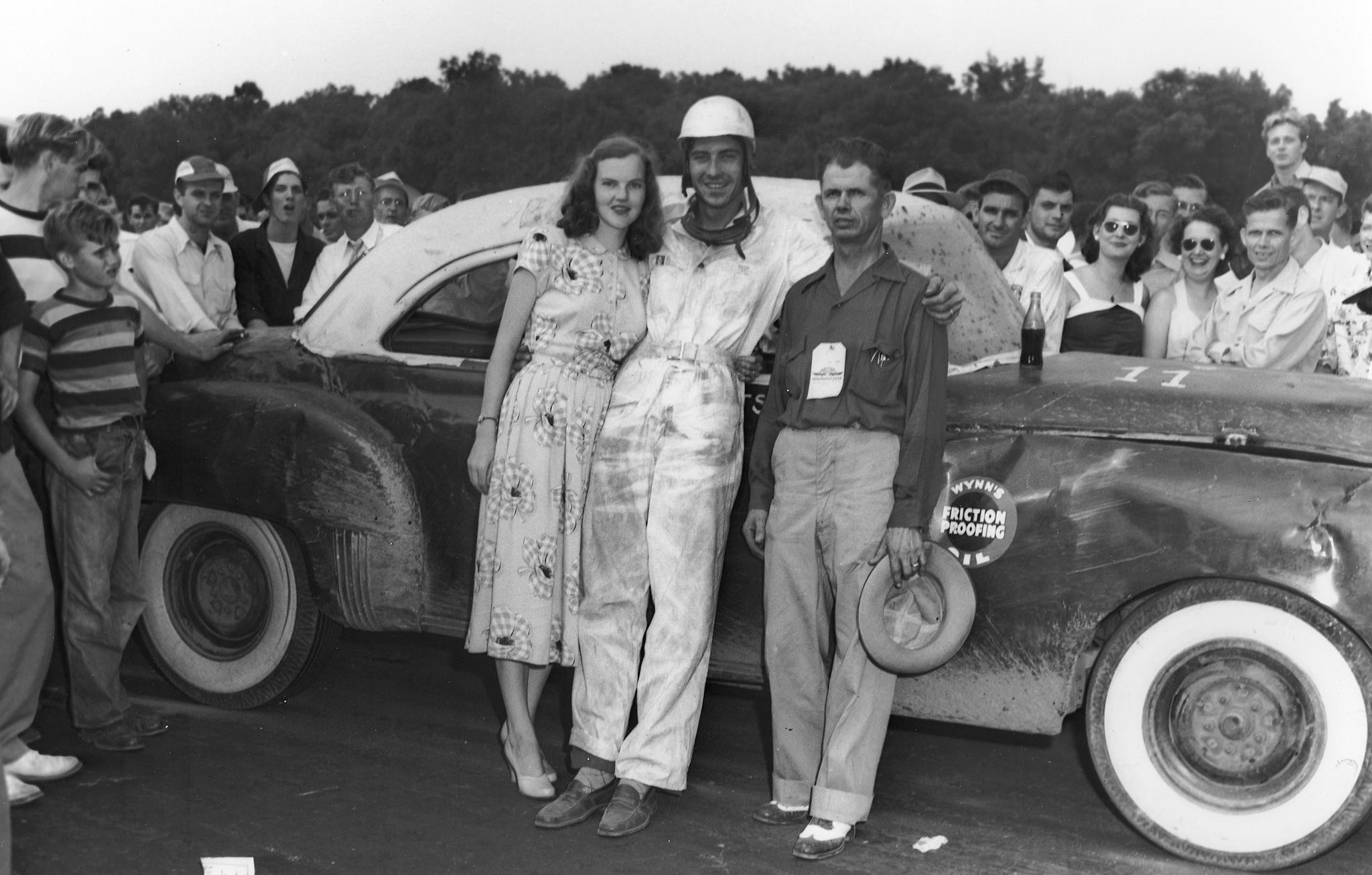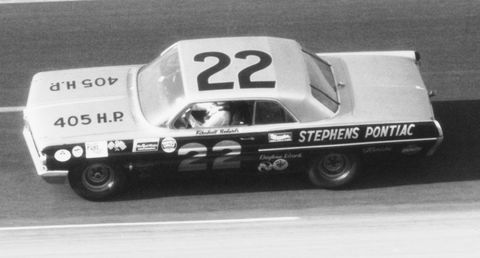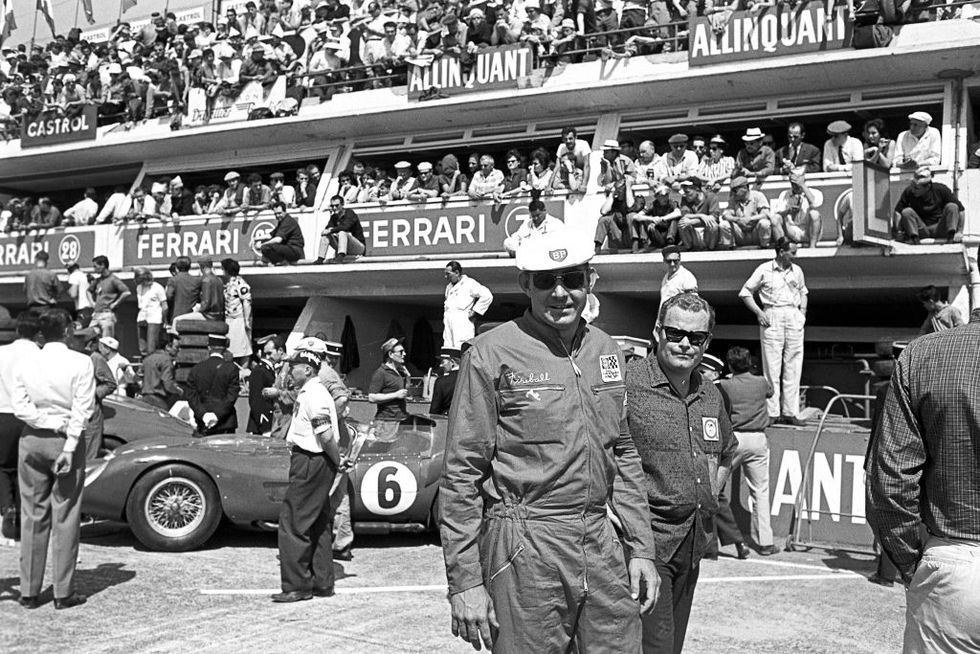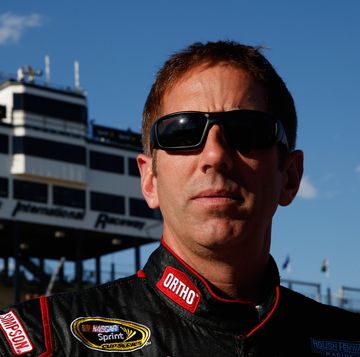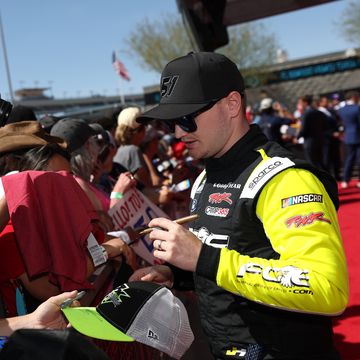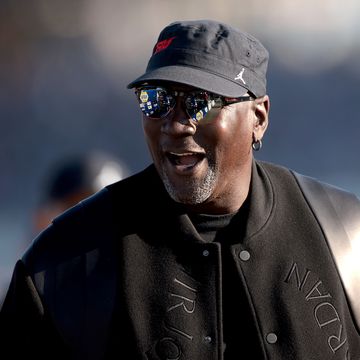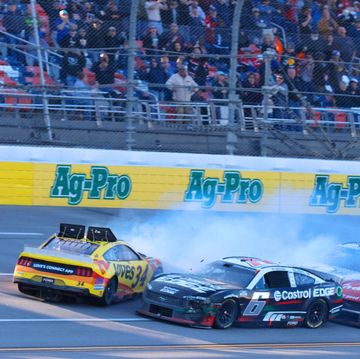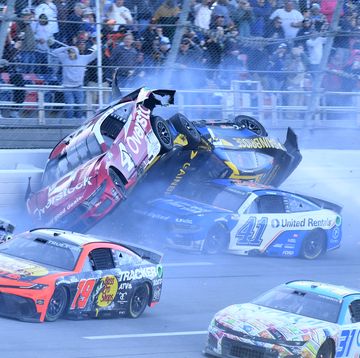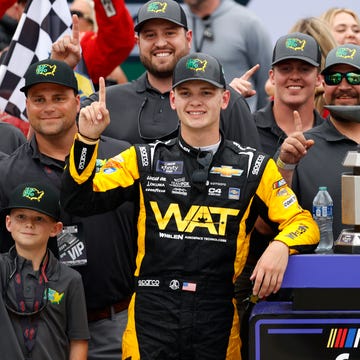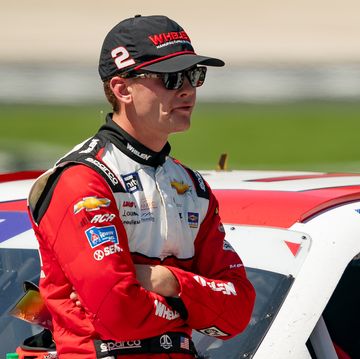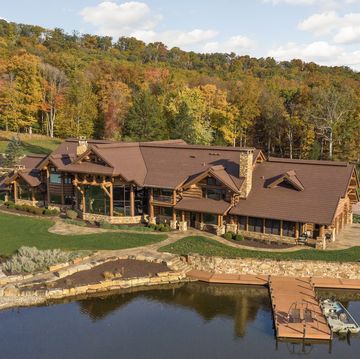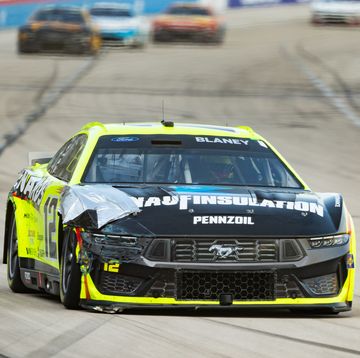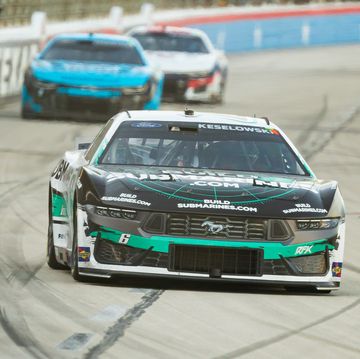Edward Glenn “Fireball” Roberts Jr. had perhaps the all-time best auto racing nickname.
Oddly, it was a product of another sport.
Roberts picked up the Fireball moniker as a teenager when a baseball teammate caught one of his pitches and excitedly proclaimed it a “fireball.” The name stuck.
Soon, it would be stitched onto racing uniforms worn by one of the fastest men alive.
In a hard sort of irony, the name rode with Roberts into the May 1964 race crash that ultimately ended his life. He was burned across most of his body in a fiery accident during the World 600 at Charlotte Motor Speedway and died of an infection about six weeks later.
In a short (1950-64) racing career, Roberts, in the view of many, became NASCAR’s first superstar driver. He was smart, steady and very, very fast, and he was fearless and dominant on stock car racing’s growing collection of super-fast asphalt superspeedways. No less a source than revered mechanic and racing innovator Smokey Yunick called Roberts “the best driver I ever had.”
Journalist Max Muhleman, who covered much of Roberts’ career and became a close friend, called the driver “one of the first guys—maybe the first—to become a big winner by using brains and discipline as well as bravery and extra skill levels. When asphalt tracks arrived, Fireball recognized the technique was different and adapted to it in a very thoughtful and calculated way, as well as using the skills that take you far in dirt track racing.”
Roberts’ star saw its first rise on an August day in 1950 at the now-defunct Occoneechee Speedway in Hillsborough, N.C. A fast and frightening dirt track of almost one mile in length, Occoneechee was one of the most challenging layouts of the day, and Roberts won there in only his third Cup race, outrunning dirt-track legend Curtis Turner, who finished second.
Roberts didn’t win again in Cup (he concentrated on Modified racing through most of the ’50s) until 1956, when he scored five victories. In 1958, he won the Northern 500 at Trenton, N.J. and the Southern 500 in Darlington, S.C. to become the first driver to win two 500-mile races in one season.
The Florida Sportswriters Association named Roberts its Professional Athlete of the Year, a signal honor for a racer.
When the huge Daytona International Speedway opened in 1959, it seemed built with Roberts in mind. He took to its high banks and never-before-seen speeds as if he had been born to race there, winning seven races, including the 1962 Daytona 500, over a five-year span at the track.
By 1964, Roberts’ speed—he also was a master at big-track qualifying, which then rewarded drivers who drove all the way to the ragged edge—and style had made him a breakthrough star. He was featured in Sports Illustrated magazine, a rare thing for a stock car racer in those days, and became a symbol of the sport, particularly for marginal sports fans who knew little about auto racing. A guy with a very visible nickname and victories now running into the dozens logically attracted attention.
Roberts’ ex-wife Doris (they married in 1950 after dating for three weeks but divorced 14 years later) grew up attending races and was naturally attracted to race car drivers but said Glenn—she always called him Glenn—was a different sort of daredevil.
“What really attracted me to Glenn was his intelligence,” she said in an interview in 2000, four years before her death. “I liked the things he liked. His manner. He was so intelligent. I had known a lot of race drivers through my brother, but I kept thinking, ‘Hey, this man is a race driver.’ He could talk about everything. He liked classical music, and so did I.
“He told me, ‘I will be a champion.’ I believed him. He had what it took to do what he wanted to do. He far surpassed the goals he set for himself.”
Roberts, who was engaged to another woman in 1964, planned to retire from driving after running a few of the NASCAR tour’s bigger races that season. He had reached an agreement to be a spokesman for a national brewing company and was working on putting that plan into motion when he arrived at Charlotte Motor Speedway for that year’s World 600.
Only eight laps into the race, Roberts was swept into the accident that ultimately took his life. Ned Jarrett and Junior Johnson crashed in front of him, and Roberts slid to the inside before hitting the wall. His car flipped onto its roof, and the fuel tank exploded. Gasoline spilled into the car’s cockpit and ignited.
Jarrett climbed from his car and raced toward Roberts, who was on fire and pleading for help. Jarrett pulled him from the car and started tearing off his uniform. Safety workers soon arrived, and Roberts was on the way to a Charlotte hospital, where he would be treated over the next month. He rallied several times but fell victim to pneumonia and a bloodstream infection. He died July 2, 1964 at the age of 35 as the NASCAR tour was gathering at Daytona Beach for the annual Firecracker summer race.
Roberts, who grew up in Daytona Beach, was laid to rest at the town’s Bellevue Memorial Gardens, where visitors to his crypt, on race days, can hear the sound of race-car engines at the nearby speedway. According to a plaque at his crypt, “He brought to stock car racing a freshness, distinction, a championship quality that surpassed the rewards collected by the checkered flag.”
After Roberts’ death, race innovators developed a fuel cell to guard against fires in race cars.
But Wait … There’s More
• Roberts attended the University of Florida for two years with intentions of becoming a mechanical engineer, but racing showed him another path.
• Roberts, who was inducted into the NASCAR Hall of Fame in 2014, didn’t run enough races to seriously contend for the Cup championship in any season. Along with Junior Johnson, Mark Martin and Dale Earnhardt Jr., he is remembered as one of the best drivers to never win a seasonal title.
• NASCAR wasn't the only place where Roberts excelled. In 1962, he brought home a class victory at the 24 Hours of Le Mans driving a Ferrari 250 GTO.
• Roberts won the Daytona 500 in 1962 and was awarded the Hickok Belt, which was presented each month to the top athlete in the country. He was the first stock-car racer to win it.
